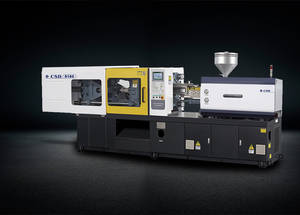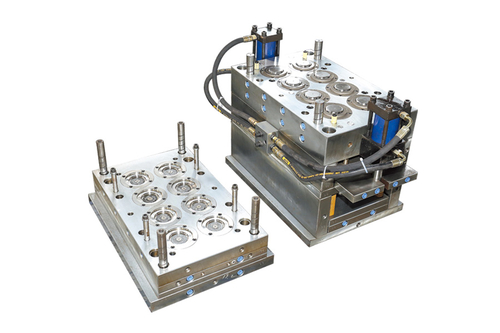Established in 1992 with a registered capital of $5.2 million USD from Australian sole-ownership enterprises, and boasts a 72,000 square meter factory zone. - Custom Injection Molding Machine Manufacturers
Blow molding is one of the versatile and widely used manufacturing processes in the production of plastic products, particularly for creating hollow containers like bottles, jars, and other packaging items. As industries continue to demand more efficient, cost-effective, and sustainable packaging solutions, blow molding technology has evolved to meet these changing needs. The advancement in blow molding processes and materials has positioned this manufacturing method at the forefront of modern packaging, offering numerous benefits to industries ranging from food and beverage to pharmaceuticals and automotive.
Blow molding involves inflating a heated plastic material inside a mold to form hollow objects. This process is typically divided into three main types: extrusion blow molding, injection blow molding, and stretch blow molding. Each type is suited to different applications and offers unique advantages, but they all share a common goal of producing lightweight, durable, and cost-effective plastic products with high precision.
Key Drivers of Blow Molding Innovation
The packaging industry is continually evolving, and blow molding is no exception. The development of new technologies and materials has significantly improved the blow molding process, providing manufacturers with opportunities to optimize production, reduce environmental impact, and meet the rising demands for custom packaging. Below are the key drivers of innovation in the blow molding industry:
Sustainability and Eco-Friendly Materials Sustainability has become a major focus in recent years as companies strive to reduce their carbon footprints and environmental impact. Blow molding is no stranger to this trend, with manufacturers increasingly opting for recyclable and biodegradable materials. PET (polyethylene terephthalate) remains one of the popular materials for blow molding due to its strength, flexibility, and recyclability. However, the industry is also embracing alternative materials such as biodegradable plastics and bio-based resins to meet growing consumer demand for eco-friendly packaging.
Additionally, the development of lightweighting techniques is contributing to sustainability efforts. Reducing the amount of material used in packaging not only lowers costs but also decreases waste and the overall environmental impact of production. Advances in blow molding technology, such as improved precision and control, allow for the creation of thinner yet strong packaging, making it a more sustainable option for manufacturers.

Customization and Versatility As consumer preferences become more diverse, there is an increasing demand for customized packaging solutions that reflect unique branding and enhance the consumer experience. Blow molding technology allows for a high degree of customization, enabling manufacturers to create containers with varying shapes, sizes, and designs. The ability to create packaging that is both functional and visually appealing is a key selling point for many industries, particularly in sectors like cosmetics, food and beverage, and pharmaceuticals.
Blow molding can produce a wide range of products, from simple containers to intricate designs that incorporate various textures and embossed logos. This versatility has made blow molding an attractive option for companies looking to differentiate their products in a crowded market. The ability to produce bespoke packaging without significant tooling changes also offers a competitive advantage, allowing businesses to respond quickly to market trends and consumer demands.
Automation and Industry 4.0 Integration As industries increasingly look to automate their production processes, blow molding has also benefited from the integration of smart technology and automation. The incorporation of sensors, robotics, and AI-driven systems in blow molding machines has led to significant improvements in production speed, precision, and quality control. Automation reduces the potential for human error and increases efficiency, resulting in reduced downtime, lower labor costs, and more consistent products.
Furthermore, the integration of Industry 4.0 technologies enables manufacturers to gather real-time data from production lines, allowing for better decision-making, predictive maintenance, and faster troubleshooting. This shift toward automated systems ensures that blow molding processes remain at the cutting edge of efficiency and quality, keeping pace with the growing demands of the packaging industry.




 English
English 中文简体
中文简体 русский
русский Español
Español Français
Français





